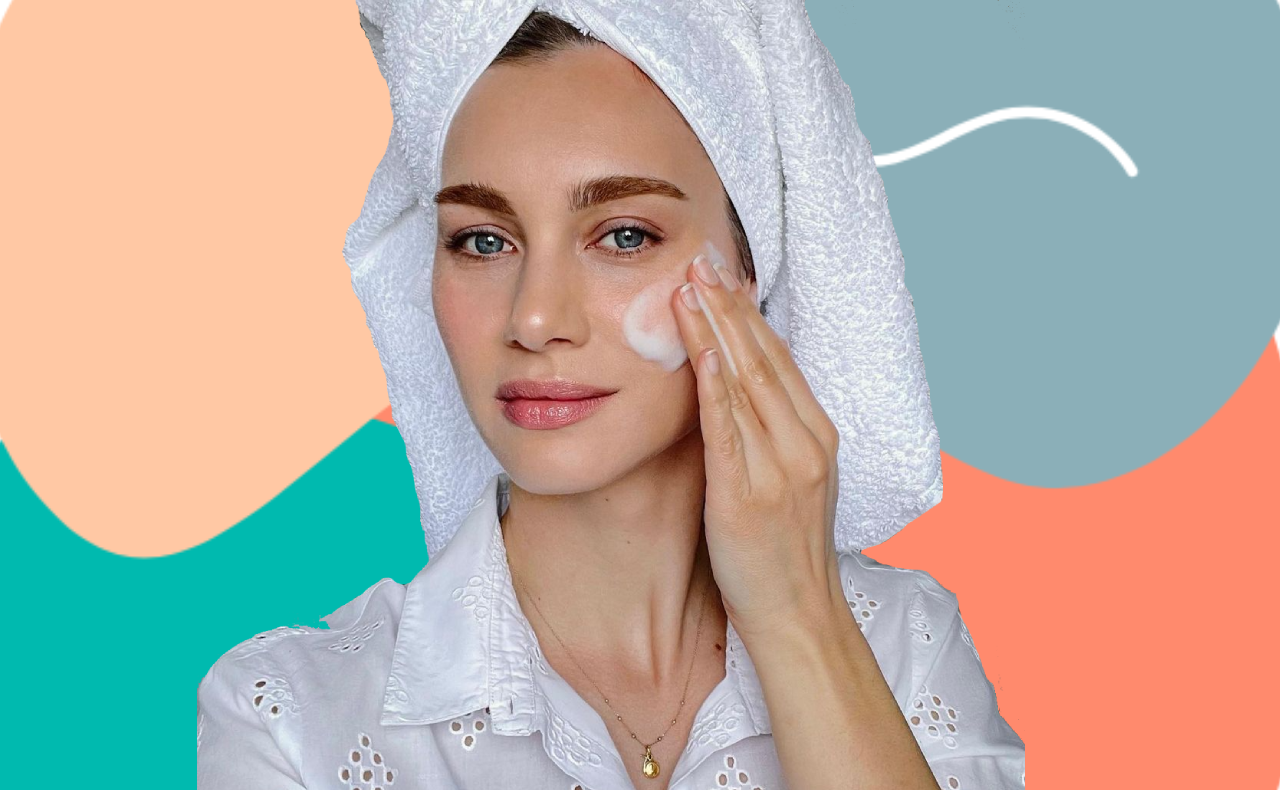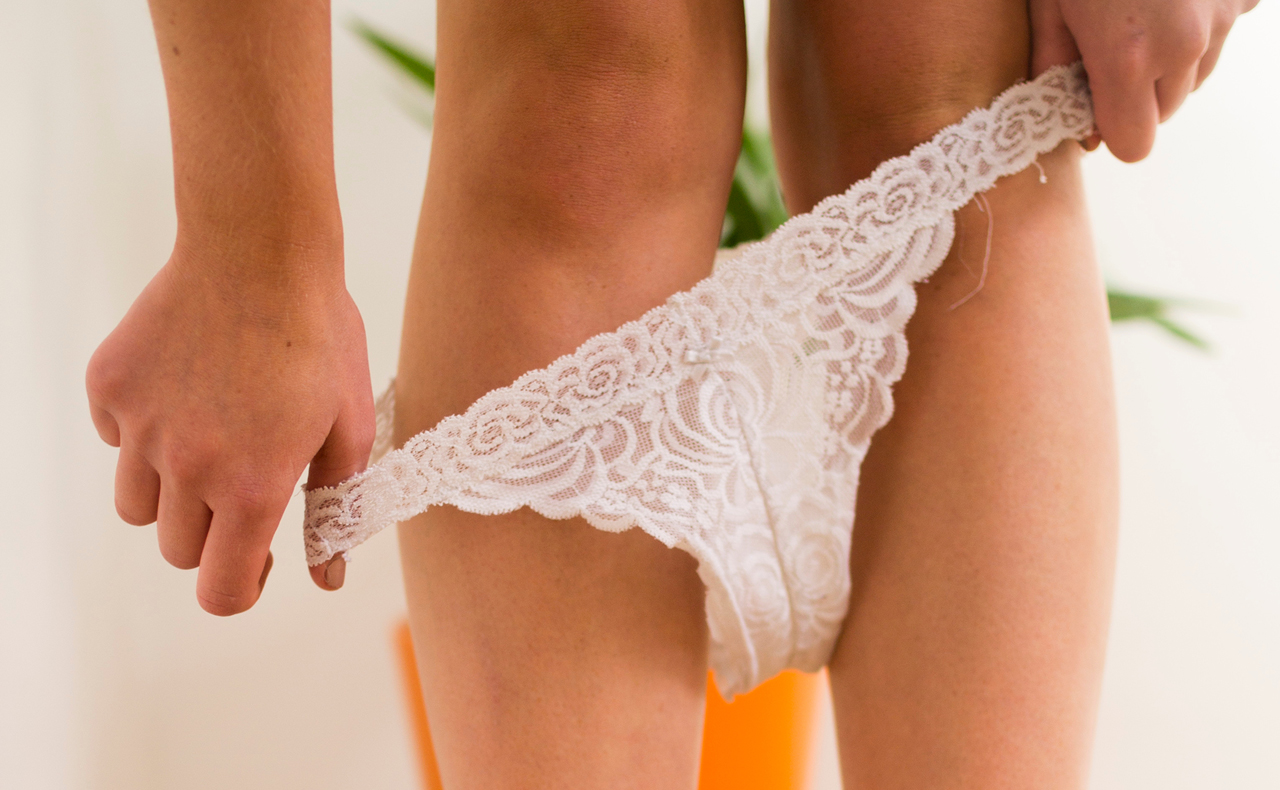Written: September 2007
PAO (Period After Opening) & expiry dates
The packaging should be your first port of call for figuring out when a beauty product is past its best. Some products display a use-by date; others bear a graphic of an opened jar together with a number followed by an M. Called the PAO, this symbol indicates how long your product will be safe and effective to use once you crack it open, the numeral (eg. 24) referring to the number of months (M) before a replacement should be called in.
Your beauty buy has neither an expiry date nor a PAO? Cosmetic labelling is a bit of a tricky business, and different countries have different regulations. While the European Union demands a PAO for all cosmetics with a shelf life of 30 months or over and a use-by date for products with a shorter life span, other countries, like the US and Australia, don’t. This means your Parisian moisturiser will tell you when its time’s up, but your favourite Australian eye cream might not.
So how do you know when to clear out your cupboards? Stick to these general guidelines…
Rules of thumb
Skincare staples Cleansers, moisturisers, serums and treatment creams need updating every three to 24 months. Shelf life depends on the ingredients you’re using and how you look after them. Many ingredients, like vitamin A, are easily compromised by sunlight while exposure to the air causes others to oxidise, making them, at best, ineffective and, at worst, detrimental. Also keep an eye on the scent, texture and colour of your skincare – a change probably means the quality of the product has been affected.
Trade up to Products in opaque containers or brown apothecary-style bottles that guard contents from sunlight and the atmosphere. Try: Prevage Anti-ageing Treatment ($250) – a lightproof and airtight aluminium pump pack protects the antioxidant benefits of idebenone from the elements.
Sunscreens It’s crucial to abide by the expiry date on your SPF products (if they have one). It’s not necessarily that they’ll become toxic; it’s more that the SPF will lose its punch and not protect your skin as effectively as it should. Depending on the chemicals/ sun protective ingredients included, most sunscreens last from one to two years.
Trade up to True Total Age Protector ($50) – Keep this zinc oxide-based sunblock in a cool place and it should be good for two long summers.
Haircare & styling products Shampoos and conditioners can be kept from 12 months to three years. Styling products containing alcohol are especially hardy and can keep on going for up to five years.
Trade up to Matrix Biolage pops a PAO date on products in both its care and styling lines.
Lip products It’s often less the case that lip products deteriorate than that we contaminate them with microbes when applying them. Glosses and balms in tubes are likely to stay ‘clean’ longer than those with wands (which we touch to our lips and then dip back into the formula), but 12 months is a standard shelf life for gloss. Lipsticks can last from 12 to 36 months. But no matter how old your lippy is, if the colour or smell doesn’t seem right, ditch it.
Trade up to Nivea’s new Caregloss & Shine range ($4.95 per tube) gives you maximum shine and sheer colour that lasts 12 months. Elizabeth Arden cosmetics always have winning formulations – and handy PAOs to boot.
All natural/ organic products Without chemical/ synthetic preservatives, natural products expire more quickly than other products and can be more susceptible to bacterium. Always check the label for care instructions and discard dates. For some natural products, refrigeration aids preservation.
Trade up to Living Nature skincare – These natural, New Zealand-made essentials feature a plant-derived preservative system plus open- and use-by dates.
Eye make-up It’s safe to keep eyeliner pencils in your make-up kit for around three years and sharpening them regularly helps remove transferred germs. Powder eyeshadows are safe for two to three years, just bear in mind that applying shadow with your fingers can contaminate the whole product. Tip: any eye make-up used just before or during an eye infection should be replaced.
Trade up to Cozmetic Lab Eyeshadows ($22.30 each) are mineral-based and have a much longer shelf life than most other eyeshadows.
Mascara and liquid liners Some say liquid eye make-up can survive six months; others suggest a three-month maximum. Because they are repeatedly exposed to microbes in the air and on your skin and are then used so close to your eyes, the risk of infection from mascara and liquid liner is higher than with other products. It’s especially important to refresh your mascara supplies regularly – and to care for them when you do. For example, don’t ‘pump’ your mascara wand to remove clumps. This just pushes air inside the tube, which not only causes mascara to dry out and gloop up, it encourages bacterial growth.
If you need more convincing to shell out for a new mascara every few months, consider eyelash mites. These tiny critters live in the hair follicles at the base of your lashes (yep, they’re probably there right now) and flourish in mascara tubes. Once their numbers become too great, you could end up with a nasty inflammation on your hands (or eyelids, to be specific). Eeew.
Trade up to Our mascara of the moment is L’Oreal’s Telescopic Mascara ($23.95) – lash-lengthening, anti-clumping genius.
Foundation Powder foundations can last up to three years, but liquid, cream and mousse bases have a lifespan of up to 24 months. Using products in pump packs, investing in tubes that don’t suck in air or dishing out foundation with a clean spatula can help keep germs at bay.
Trade up to Dermalogica’s Treatment Foundation ($62) – This skin-enhancing face base comes in a tube specially designed for hygiene.
Perfume Fragrances are made to be worn, not to sit around on your dresser, and they do change character over time. Two years is considered a fair life expectancy for a fragrance, but keeping it away from extreme temperatures and direct sunlight might help preserve the scent a little longer. Only toilette waters and colognes can be refrigerated – intense cold is as damaging to your perfume as the heat.
Brushes and sponges A set of high quality make-up brushes can last a lifetime, but only if you care for them properly. Wash your brushes in a mild detergent (a cleanser or shampoo is ideal) every three months, being careful to rinse them thoroughly before allowing to dry naturally. Sponges should be washed and air-dried weekly, then discarded after a month.
Trade up to We adore the mahogany-handled brushes by Glitter – professional quality tools that you can keep for the long-haul.
More tips on caring for cosmetics
Never add water or mixing agents directly to your products
This can contaminate your whole product with bacteria. If you must blend one product with another, do it on the back of your hand before application.
Store as directed
Read the packaging for specific storage instructions, but, as a general rule, you should keep all beauty products at a low, stable temperature and out of direct sunlight.
Check the seals
Products that have been opened before purchase have already been exposed to air (maybe even someone else’s paws!) and are already breaking down. Make sure you’re buying fresh.
Sharing is not caring
Letting other people borrow your lipstick might not seem so bad, but communal beauty products aren’t a great idea. It just adds to the microbial mix. Sharing eye make-up is a particularly big no-no.





I should do this, I know, but it’s so hard lol